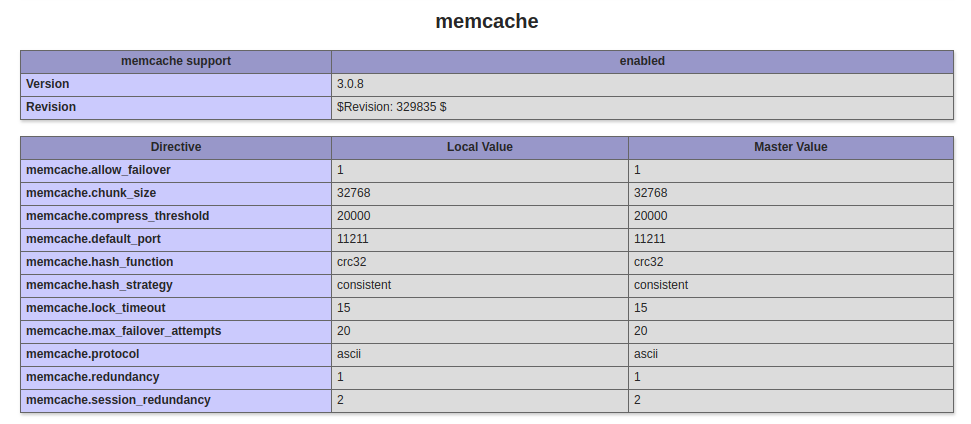Meguca is an open source annonymouse imageboard written in Go Lang and Node.js
https://github.com/bakape/meguca
To start Meguca on boot, you can use monit
Create a monitoring script with
check process meguca with pidfile /meguca/.pid start program = "/bin/su -c 'cd /meguca; ./meguca start' meguca" stop program = "/bin/su -c 'cd /meguca; ./meguca stop' meguca" if failed port 8000 protocol HTTP request /api/health-check with timeout 10 seconds then restart
/meduca is where Meguca is installed.
Create a config.json file with
vi /meguca/config.json
Add following content
{
"ssl": false,
"reverseProxied": true,
"gzip": false,
"imagerMode": 0,
"cacheSize": 128,
"address": "127.0.0.1:8000",
"database": "user=meguca password=meguca dbname=meguca sslmode=disable",
"certPath": "",
"reverseProxyIP": ""
}
reverseProxied is set to true because my installation is behind reverse proxy (CloudFlare).
Make changes to config settings as requires.
Create a user
useradd -m -s /bin/bash meguca
Change ownership of meguca files
chown -R meguca:meguca /meguca


